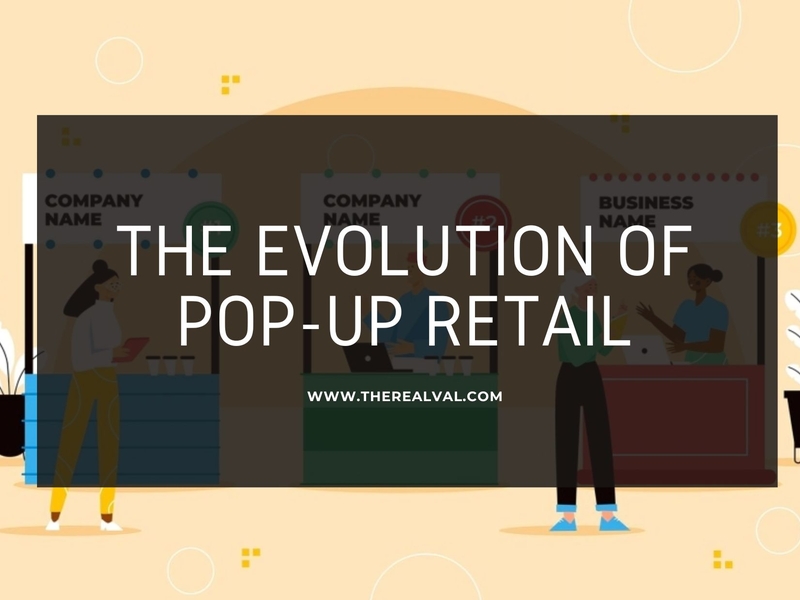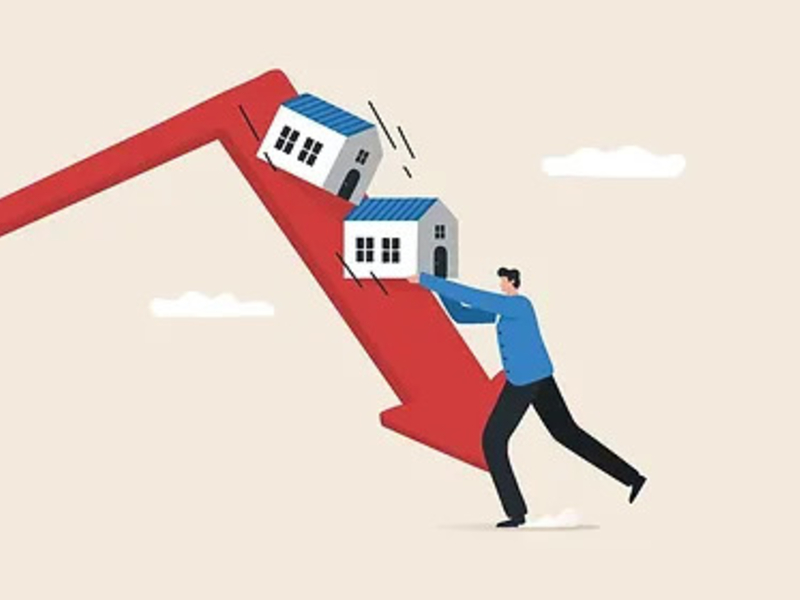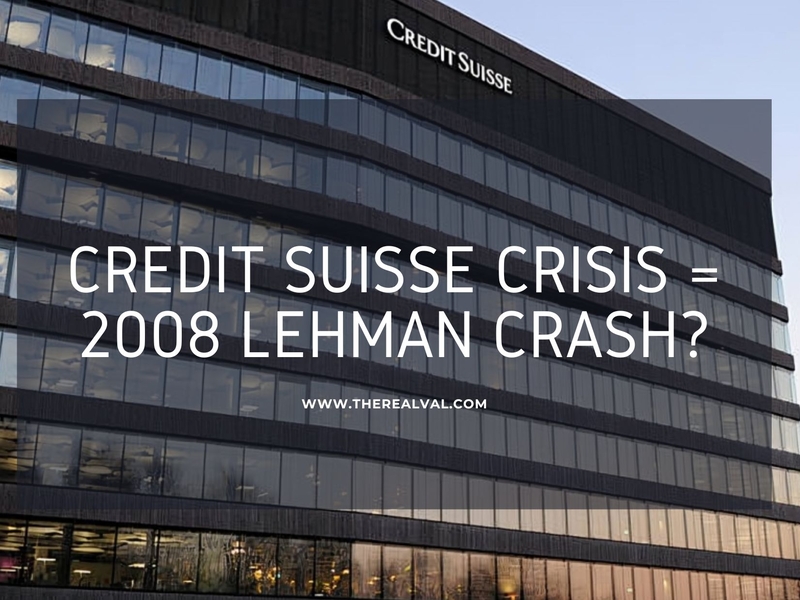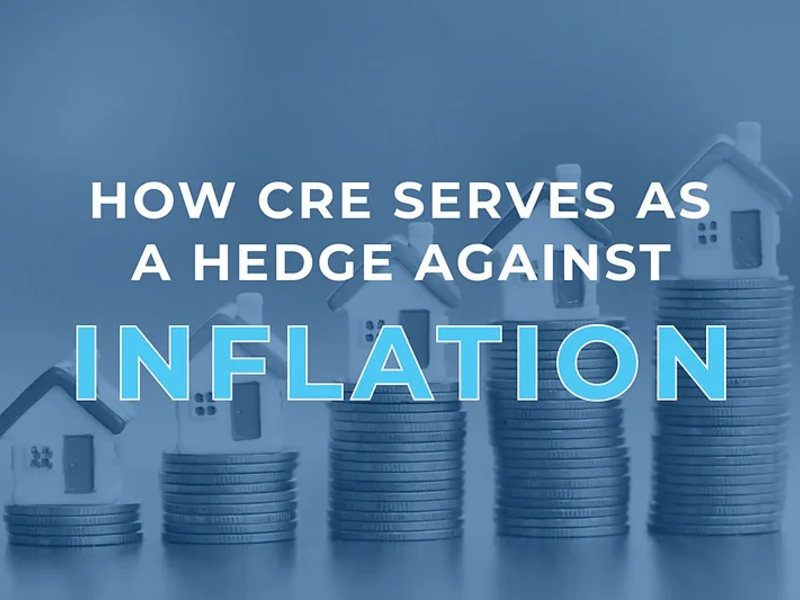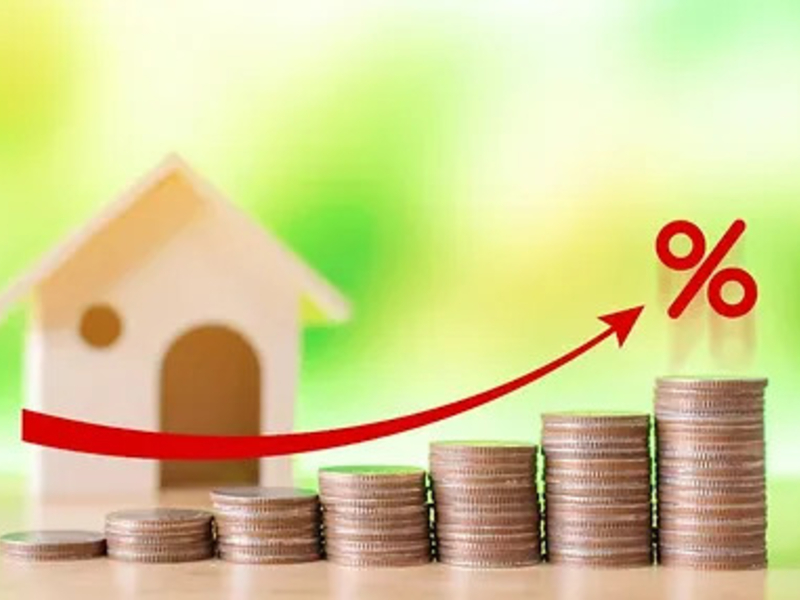Pop-up retail, a practice rooted in ancient civilization, has undergone a remarkable transformation, reshaping the real estate landscape. What began as temporary market stalls has evolved into innovative, experiential storefronts, becoming a dynamic strategy for brands, retailers, and property owners.
Origin-
The origins of temporary retail trace back to traditional markets and fairs, where merchants would set up transient stalls to sell goods. This age-old concept reemerged in the early 2000s as a modern retail phenomenon, propelled by:
- The E-commerce Boom: Online shopping disrupted traditional brick-and-mortar stores, leaving many commercial spaces vacant. Pop-ups offered a flexible, creative solution to activate these spaces.
- Evolving Consumer Preferences: Millennials and younger generations increasingly valued unique, immersive shopping experiences. The temporary and often unconventional nature of pop-ups provided exactly that.
- A Tool for Brand Engagement: Pop-ups became a potent marketing vehicle, enabling brands to generate buzz, explore new markets, and connect directly with consumers in unforgettable ways.
Revival & Evolution-
- From Simple to Sophisticated: Early pop-ups were modest and functional. Today, they range from compact kiosks to intricate, multi-sensory installations, often integrating advanced technology and interactive features.
- Expanding Locations: Pop-ups now appear in diverse venues, including vacant storefronts, repurposed warehouses, art galleries, and public spaces, breaking free from traditional retail confines.
- Specialized Experiences: Themed and niche-focused pop-ups have surged in popularity. From holiday-centric events to experiential marketing campaigns and pop-up restaurants, the possibilities are endless.
- Data-Driven Strategies: Technology plays a pivotal role in shaping modern pop-ups. Brands use tools like foot traffic analytics, social media insights, and real-time customer feedback to refine their approach and maximize impact.
Benefits of pop-up retail-
Pop-up stores bring a wealth of advantages to both retailers and property owners:
- Flexibility: Retailers can explore new markets or test products with minimal financial commitment, thanks to short-term lease agreements.
- Cost-Effectiveness: With lower overhead expenses compared to traditional retail spaces, brands can allocate their budgets more strategically.
- Enhanced Consumer Engagement: By offering unique and immersive shopping experiences, pop-ups strengthen the bond between brands and customers, often leading to higher sales and long-term loyalty.
Pop-Up Retail’s Impact on CRE-
The expansion of pop-up stores has reshaped the commercial real estate sector in transformative ways:
- Revitalization of Vacant Spaces: Pop-up retailers are breathing new life into empty storefronts, turning them into vibrant retail hubs. This revitalization boosts local economies and enhances the attractiveness of shopping districts.
- Flexible Leasing Models: Landlords are increasingly adopting adaptable lease structures, such as short-term agreements, to accommodate the needs of pop-up tenants. This evolution aligns with the retail sector’s growing demand for agility.
- Increased Foot Traffic: Successful pop-up events can draw large crowds, benefiting neighboring businesses and revitalizing shopping areas. For instance, a Stranger Things-themed pop-up in Texas resulted in a nearly 50% surge in mall visits during its operation.
The Future Outlook-
As the retail landscape evolves, pop-up retail is set to become an even more influential force. Key trends shaping its future include:
- Integration with Technology: The adoption of cutting-edge technologies like augmented reality (AR), virtual reality (VR), and artificial intelligence (AI) is set to redefine the pop-up experience. These tools will enable immersive, personalized shopping journeys that captivate and engage customers.
- Sustainability Focus: Pop-ups are increasingly prioritizing eco-conscious practices, including the use of sustainable materials, energy-efficient designs, and waste reduction initiatives. This aligns with growing consumer demand for environmentally responsible brands.
- The Rise of Pop-Up Communities: A new wave of pop-ups may transform into semi-permanent or rotating hubs, where small businesses share space and resources. These collaborative environments will foster innovation and create dynamic retail ecosystems that attract diverse audiences.
Some successful pop-up stores-
- Glossier: The beauty brand Glossier attracted over 100,000 visitors to its Covent Garden pop-up in 2019, proving how temporary spaces can boost brand visibility and sales.
- Museum of Ice Cream: This Instagram-famous pop-up captivated visitors with its immersive installations, like the Sprinkle Pool, leading to permanent locations in NYC and Austin.
- BarkShop: BarkShop's NYC pop-up let dogs play while owners shopped, creating buzz and showcasing the potential of experiential retail for pet lovers.
- Nike House of Innovation: Nike’s pop-up offered product customization and augmented reality experiences, generating excitement and solidifying its cutting-edge brand image.
- Hello Kitty Cafe Truck: This mobile pop-up delighted fans with themed treats and merchandise across U.S. cities, building a loyal following for the Hello Kitty brand.
- Tupperware: Tupperware's pop-up transformed its image with engaging displays, connecting consumers to its products in fresh and exciting ways.
- Daily Harvest’s "Refueling Station": In 2019, this LA pop-up offered free smoothies and wellness consultations, promoting health-focused products in line with consumer trends.
Pop-up retail has transformed the real estate market, providing a flexible and creative solution to meet the needs of today’s consumers. By revitalizing underutilized spaces and delivering memorable shopping experiences, it has become an essential element of the future retail landscape. As this trend expands, it offers significant advantages for both retailers and property owners alike.
Trending

